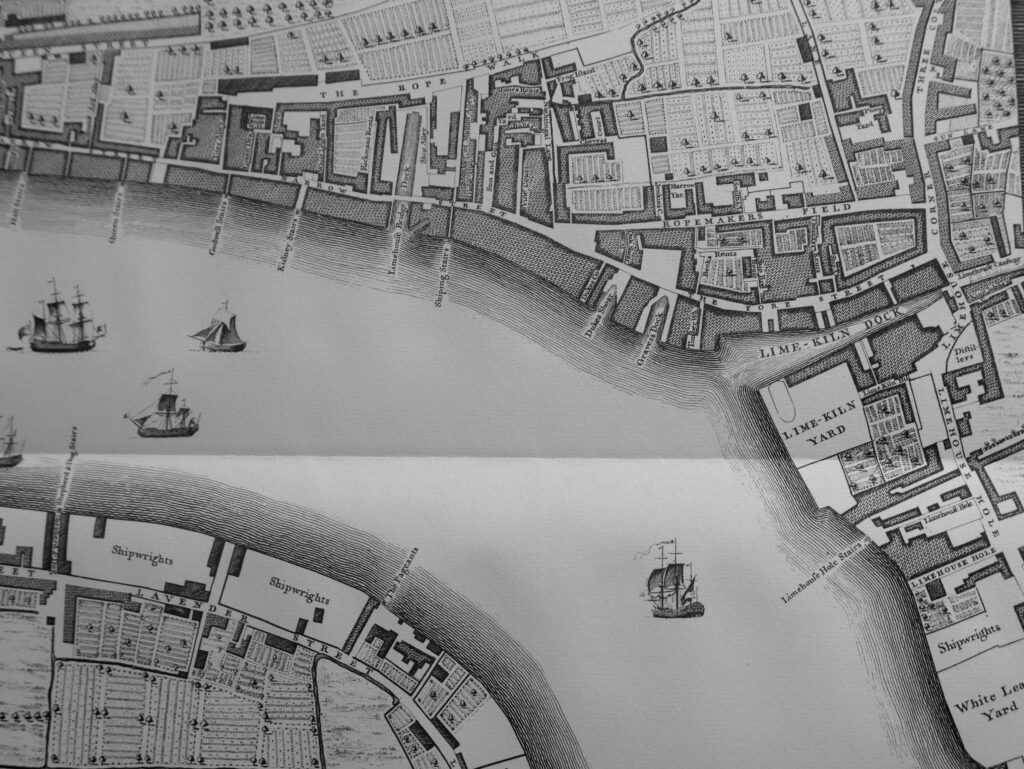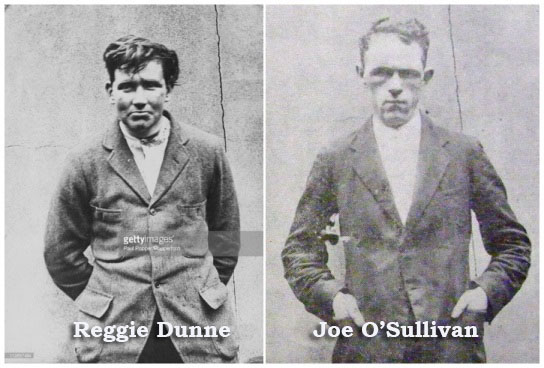WFC? Working From Church, of course!
Forever trying to move with the times, some of the City churches have adapted brilliantly to take advantage of new technology which allows people to work virtually anywhere. This has also enabled me to indulge two of my main passions – churches and their history and cake.
St Nicholas Cole Abbey was the first church to be rebuilt by Wren after the Great Fire (1672-78). You can see one of its most interesting features before you actually go in the door. The beautiful galleon weathevane came from St Michael Queenhithe, another Wren church, demolished in 1876 under the Union of Benefices Act 1860 …

The view from the south side of Queen Victoria Street …

The interior is spacious and light …

My orange and cranberry cake was delicious and tasted home-made. The tea was good too (£6.70 in total – well, it is the City!) …

A striking ‘wall’ of innovative, modern glass depicts Christ’s Kingdom Spreading throughout the World (1962). Abstract elements connect all three windows with details of landscapes from across the globe at their base. Igloos, tepees and skyscrapers for the Americas, towers and domes for Europe, and minarets and domes for Africa and Asia …


The maker was Keith New (1926-2012), a pioneering British modernist stained glass artist. His career was launched by the 1952 Royal College of Art commission to design the windows for Coventry Cathedral.
On the way to the loo you encounter some old grave markers that have been re-sited on the floor ..


Somerset Place was a very posh address in the 18oos – no wonder Mrs Stewart wanted it on her gravestone.
Onward to St Mary Aldermary and its witty advertising board …

It was 12:15 when I got there and there was already a formidable queue for the food stall in the churchyard …

Before you head into the church, look down at what I believe is the most accurate grave marker in the City …

There is a well preserved coat of arms which includes four beavers suggesting involvement in the fur trade which was flourishing at the time. It’s a tribute to the quality of the stone and the carving that (even assuming it wasn’t laid until Henry died) it has survived so well after 200 years of footfall.
Under the coat of arms the inscription reads as follows …
Mrs Anna Catharina Schneider. Died 15th of June 1798 at half past Six O’clock in the Evening. Aged 57 Years, 3 months and 9 Days
I have written more about this memorial and others in my ‘favourite tombs’ blog from February 2021.
Having looked down outside the door, look up on entering and admire the fabulous intricate fan-vaulted ceiling that I wrote about in last week’s blog …

The cafe food selection …

There’s plenty of room to sit in the church …

St Mary-le-Bow is just 100 yards or so to the north. This is the view from Cheapside …

You can see the dragon weathervane very well on a sunny day like this …

The cafe in the crypt …

The menu is very comprehensive and you can view it here.
As I walked down the steps to the cafe I was struck by the incredibly worn nature of the stone – this could well have been the crypt entrance long before the 1666 Great Fire and Wren’s rebuilding of the church …

The church was totally gutted during the Blitz but it’s very much worth a visit to see the beautiful post-war stained glass. For example, to the north (left) of the sanctuary is depicted the Patron of the parish, the Blessed Virgin Mary, holding (and thus symbolising her care for us) the church built by Wren. She is clothed in blue (the traditional colour for Our Lady) and her feet appear to be resting on the arches of the crypt. Surrounding Our Lady’s image are seventeen Wren churches which survived the Second World War, each held by the patron saint of the parish …

You’ll find her and other fabulous examples of City church stained glass in my blog dedicated to the subject.
Alongside the church is another set of steps …

This is a place for silent prayer and contemplation …

I was fascinated by some of the gravestones …

And the fine collection of heraldic symbols …




And last, but by no means least, St Mary Woolnoth, designed by Christopher Wren’s esteemed protégé Nicholas Hawksmoor (1661 – 1736) …

The food service area is tucked away just inside the door …

Do visit the interior where you can admire the memorial to John Newton, the reformed slave trader who wrote the hymn Amazing Grace …

The stunning, bulging pulpit dates from Hawksmoor’s time and Newton delivered his sermons from it. It was made by Thomas Darby and Gervaise Smith …

Don’t miss the 1810 ‘price list’ hanging on the west wall …

You can eat outside and watch the world go by. The air is a lot cleaner now that Bank Junction is closed to most traffic …

I have written about St Mary Woolnoth before and you can find my blog here.
Now, an important message: It has been proven time and time again that music, particularly live music, can have immense beneficial psychological effects. This is especially true for folk who may be feeling isolated or are experienceing dementia. And it’s not just the elderly who can benefit, but also young people who may be spending much of their life receiving care in hospital. There is a lovely charity, the Spitz Charitable Trust, who have delivered this life enhancing service for over ten years and, because I love what they do, I am for the first time promoting a charity in my blog. All charities are having tough times at the moment so do, please, see if you can make a contribution, however modest, to help them in their work. Click here for their crowdfunding page and to find out more about them.
Remember you can follow me on Instagram …












































































































































































































































































































































































































































































































